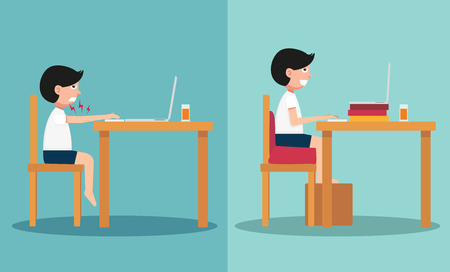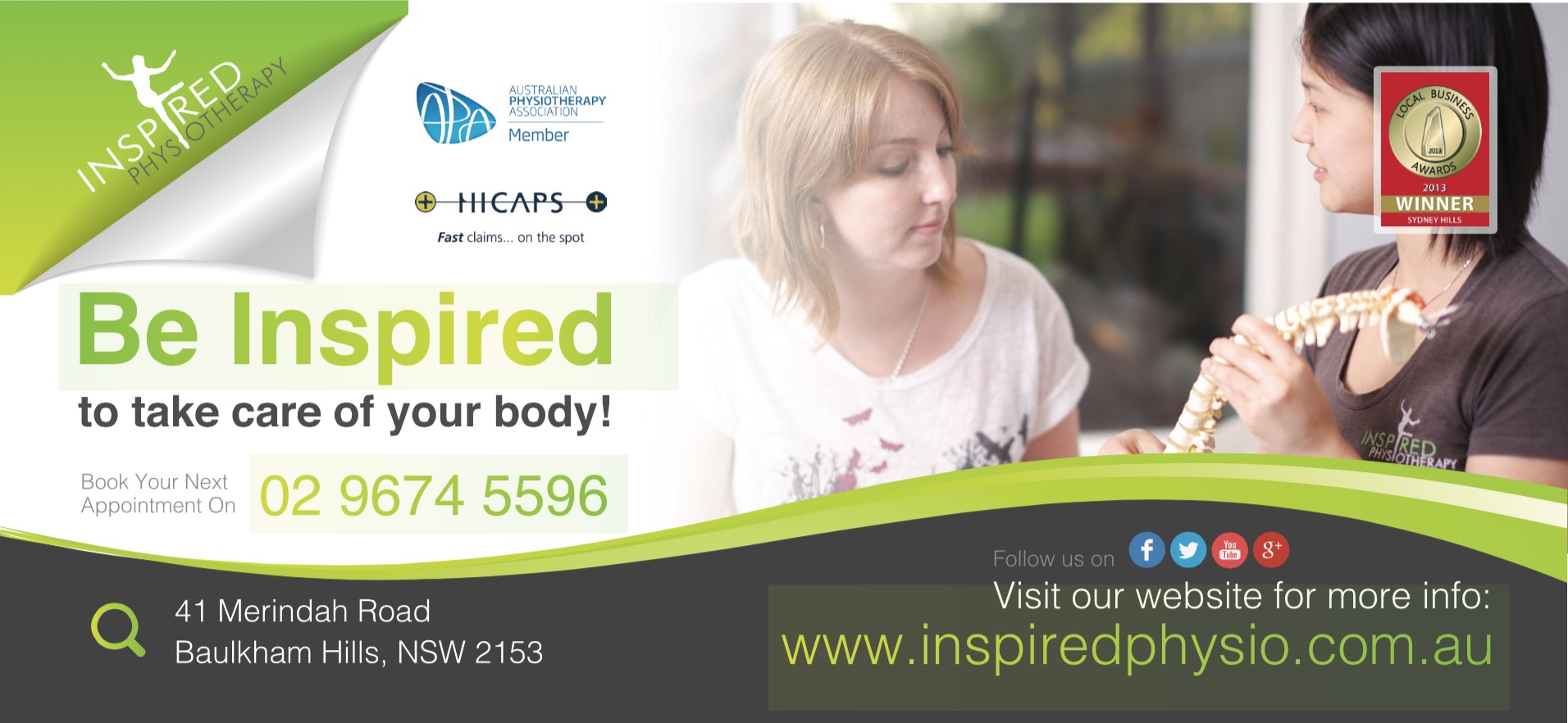We’re back to school – which means heavy school bags, homework and less then perfect posture with both. We often see kids complaining of back and neck pain or headaches (especially leading up to exam time) so we thought we’d give you some tips and tricks to avoid the complaints as school ramps up for the year.
Heavy school bags
- Choose a light-weight bag that isn’t going to add to the load your child is carrying to, from and around school – make sure it has:
- two padded adjustable shoulder straps – the backpack should be no higher then 3cm above the shoulder i.e. your child should still be able to look up to the roof
- a padded back
- waist strap/buckle – should sit just under the hip bones to reduce strain on shoulders
- multiple compartments.
All these components work together to provide the most comfort to your child by distributing the weight as evenly as possible through the pack.
- Limit your child’s load – they should never carry more then 10% of their body weight. Try to plan ahead by encouraging them to use their locker at school if they have one or carrying their lunch box separately.
- Pack heavy items closest to the spine i.e. laptops and iPads.
- Wear the backpack on both shoulders and with the waist strap/buckle done up – the straps should be tight enough so that the pack is against the torso, it shouldn’t lean away from the body or be so tight that it digs into the shoulders/underarms. If you have a child just starting their school career, get them into the habit of wearing the pack like this from the outset.

Technology and posture
Most schools now have the BYOD or Bring Your Own Device policy at school so that could mean laptop or tablet/iPad. While at school they’ll have their technology on a desk, however at home kids will often resort to the couch or bed to do their homework.
We would encourage each kid to have their own study desk and chair that is set up for them. Their eyes should look slightly down to their computer, wrists should be sloping slightly down, with their back supported in the back of the chair and feet flat on the ground or foot stool. This may not be possible for all situations so we would also encourage taking frequent breaks every 30 minutes, which may mean they need to set an alarm to remind themselves to get up and move around.


We all want happy healthy children and a lot of postural pains can be avoided with these simple steps. For more advice feel free to contact the clinic on 9674 5596 or visit our website for useful videos and blogs at inspiredphysio.com.au.

